#common bottlenose dolphin
Explore tagged Tumblr posts
Text

A pair of common bottle-nosed dolphins (Tursiops truncatus) off the coast of Galapagos, Ecuador
by Nik Borrow
#common bottlenose dolphin#dolphins#cetaceans#marine mammals#tursiops truncatus#tursiops#delphinidae#cetacea#artiodactyla#mammalia#chordata#wildlife: ecuador#wildlife: south america
133 notes
·
View notes
Text










Which makes me want to share some pics of a 2016 trip to Dolfinarium. One of the first open days of the year + lots of young dolphins in the lagoon = a very fine day indeed. I spent hours playing "tag", racing along the window with one, two, three dolphins in tow. Everyone was going ham over my sketchbook and eraser. And even some of the adults wanted to say hi. One of the most wonderful dolphin days I've had.
#photos#namtalk#Dolfinarium#Dolfinarium Harderwijk#Common bottlenose dolphin#Tursiops truncatus#Bottlenose dolphin#dolphin
64 notes
·
View notes
Text

Common bottlenose dolphin Tursiops truncatus
Observed by danicaleta, CC BY-NC
#Tursiops truncatus#common bottlenose dolphin#Cetacea#Delphinidae#cetacean#dolphin#South America#Argentina#Atlantic Ocean#Golfo San Jorge#underwater
74 notes
·
View notes
Text

73 notes
·
View notes
Text

common bottlenose dolphins
7 notes
·
View notes
Text

#mine yoshizaki#kemono friends#dolphin#common bottlenose dolphin#chinese white dolphin#common dolphin#けものフレンズ#illustration#art
42 notes
·
View notes
Text


5 notes
·
View notes
Text







nick, hope, & rosie <3
atlantic bottlenose dolphins, rough toothed dolphin
pc: clearwater marine aquarium
#animals#cma#clearwater marine aquarium#dolphins#cetacea#common bottlenose dolphin#rough toothed dolphin#aquarium
3 notes
·
View notes
Text
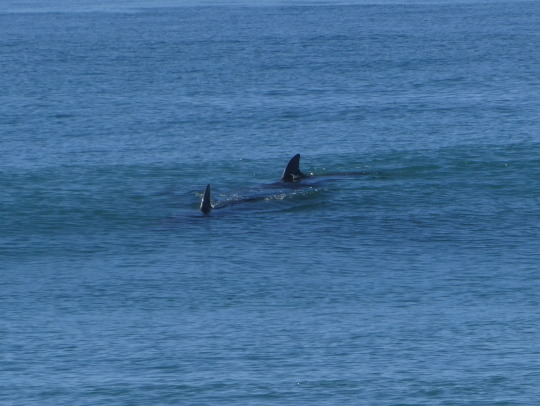
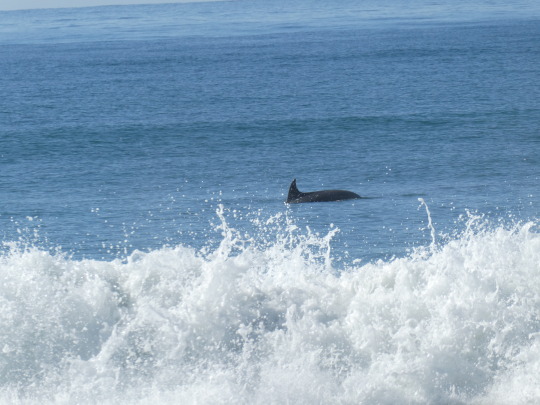

saw some mammals
6 notes
·
View notes
Text








Mother of angels
Yesterday I learnt of the passing of Suku, one of the baby dolphins I got to know while volunteering at the Dolphin Academy in Curacao. Ten years ago she was a little spunky one-year old. Exploring the world, testing the patience of her mum and all the humans around her. With the sweetest smile and so much joy. I was allowed to help with her training, functioning as a stand in guest while practicing way too hard 'kisses' and tentative handshakes next to mum.
A few months is of course nothing compared to the real trainers, who spent every day of every year with her, from the moment she was born to the moment she passed. But getting to meet her, as well as the other dolphins, remains one of the most special and profound privileges of my life. They taught me so much about dolphins, and what its like to care for them, share a life with them. I witnessed first hand how these animals are family, or even more than that. However brief our encounter, her death really hit me, harder than expected.
So I wanted to share these images in her memory. The drawing up top was made back then for Suku's head trainer. It shows Suku on the left below her mom, Ritiña. On the right swims Ritiña's other daughter, Alita, who'd passed away years earlier. I hope Suku's found her half sister, somewhere up there in the big blue. And I hope their spirit lives on in their fantastic mum.
Rock on, little sugar.
#drawings#photos#Suku#Dolphin Academy#Curacao#Common bottlenose dolphin#Bottlenose dolphin#Tursiops truncatus#Tursiops#truncatus#dolphin#traditional art
84 notes
·
View notes
Text

Common bottlenose dolphin Tursiops truncatus
Observed by genevieveearly, CC BY
#Tursiops truncatus#common bottlenose dolphin#Cetacea#Delphinidae#cetacean#dolphin#Oceania#New Zealand#Pacific Ocean#George Sound
46 notes
·
View notes
Text
Five years ago, Delle the bottlenose dolphin was spotted by himself in Denmark's Svendborgsund strait which is far outside the natural range for the dolphins.
Researchers dropped microphones into the strait to see how a lone dolphin was interacting with its environment. They didn't expect much but instead recorded over 10,800 noises over a period of three months. This included calls normally reserved for dolphins interacting with their pod, multiple unique personal calls when most dolphins only have one for themselves and aggressive response calls indicating an argument with other members of its pod.
Researchers think that Delle has been by himself for so long he's talking to himself.
#wildlife#animal behavior#animal intelligence#cetacean#dolphin#bottlenose dolphin#Common Bottlenose Dolphin#Delle the Dolphin#isolation#self-talk#Svendborgsund#Denmark
1 note
·
View note
Text
YEESSSSSS dolphin species appreciation is always welcome. I could add some more weirdos but frankly let me do a hot take here. Namely that Bottlenose dolphins do not deserve the "boring classic all grey dolphin" image. They are GORGEOUS in their own right.

Look at Kayena with her elegant face and thoughtful eyes and how the lines that run from it towards her melon turn into swirls like clouds only to emerge as lines again and that single spot that turned into a stripe.

Look at Ritiña with her dainty rostrum and how her lower eyestripe folds back on itself and wisps around the corner of her mouth and that little light line that runs to her ear.

Look at Roxette with her crazy swirls where the three colours grey of her side meet right by her belly.

Look at the sunburst markings on their shoulders, and how they shift between light and dark depending on the angle of the sun yet you can't feel them at all.


Look at Serena with the double lined markings on her throat, like curtains decorating a stage, or her mother Tela with a galaxy of spots scattered over a soft pink background.

Look at Tela.

Look at Caiyo. Look at this sparkling man and tell me he is not beautiful.
I think it's sad that most people always think of bottlenoses as the "classic dolphin" since its the one that's always used for shows, and always think of dolphins as just straight grey when in reality there's so many varieties with so many different amazing patterns

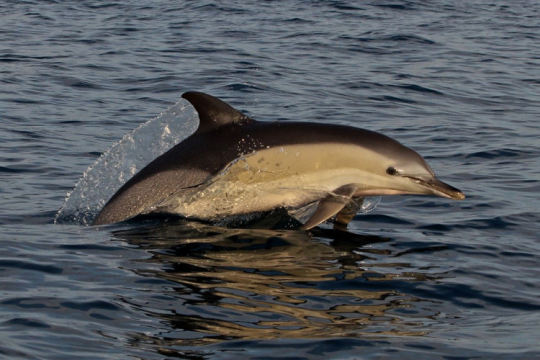
Look at the common dolphin! They have a gorgeous X pattern and even some dull yellow/gold!!
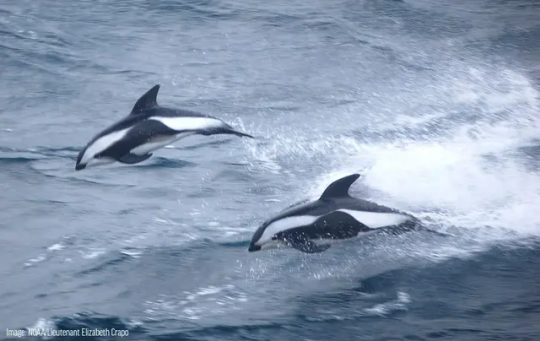
Hourglass dolphins have gorgeous white streaks
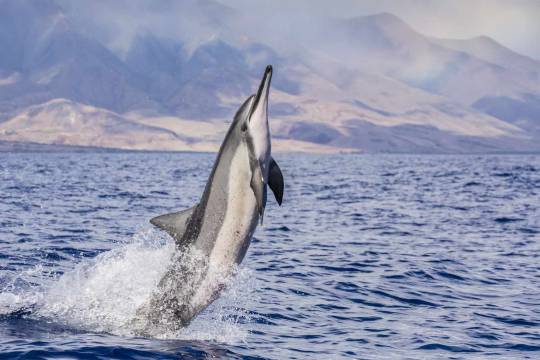

Spinner dolphins have really pretty banding as well, AND they have a really sleek cute silhouette!

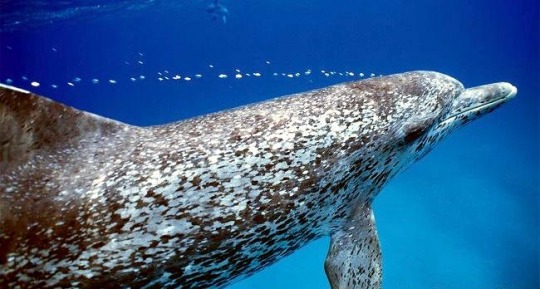
The atlantic spotted dolphin!!! Theyre spotted!!!!!!
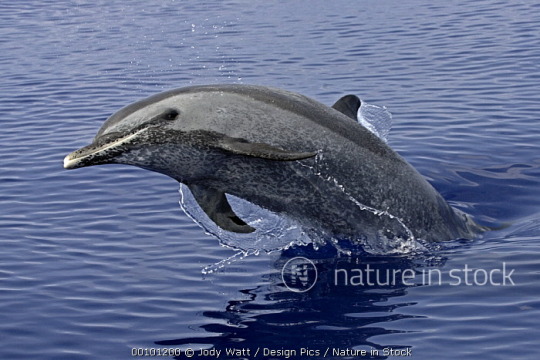
and the pantropical spotted too!!
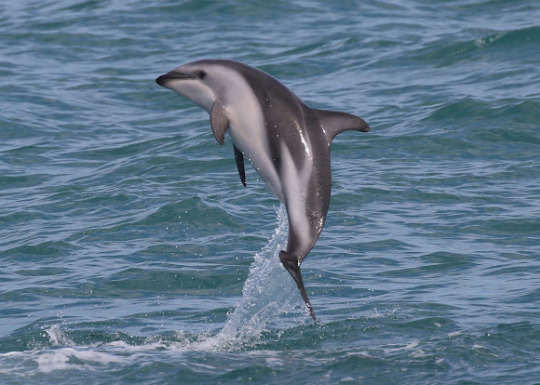
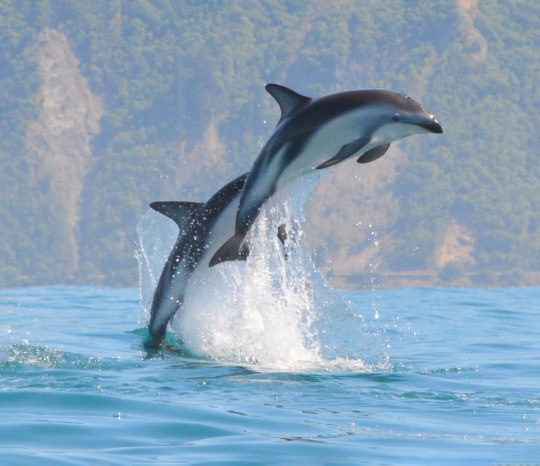
Dusky dolphins have a gorgeous airbrush look going on like straight out of a 2000s fantasy illustration
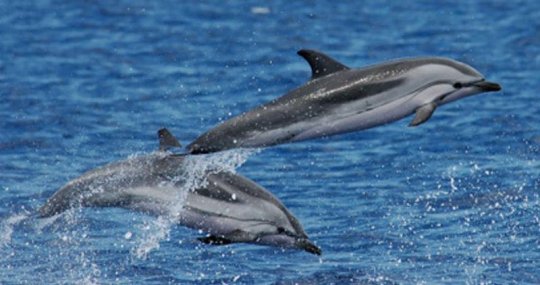
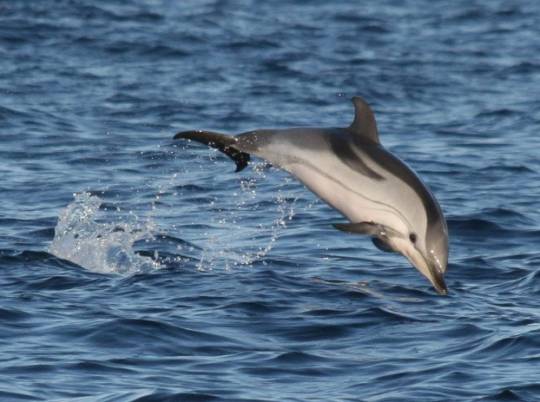
Striped dolphins sure have stripes!! How cool!!
And these I've shown you aren't even all of them at all, there are so many of them:
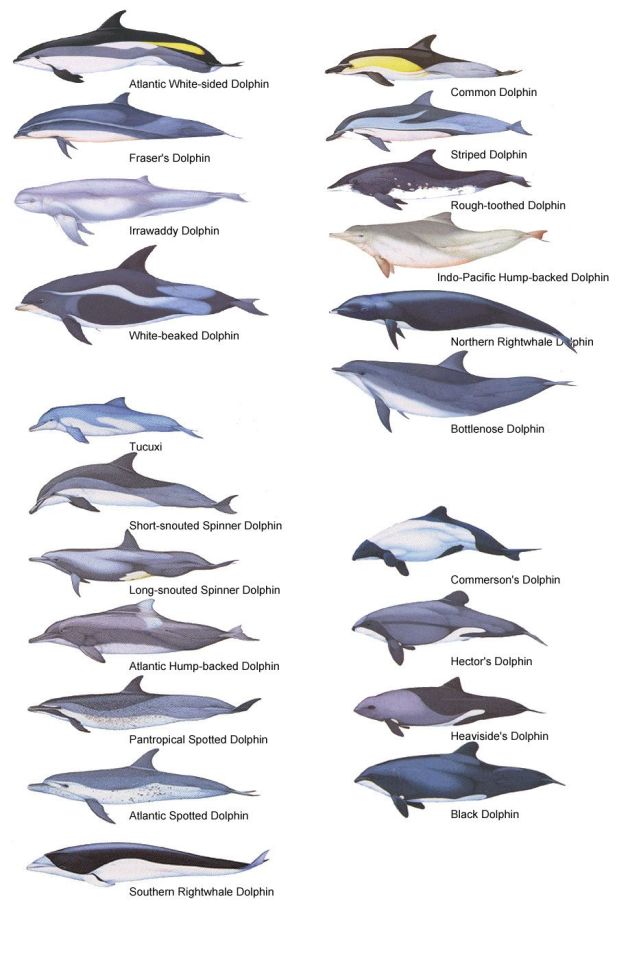
There's so so so many different types of dolphins people dont know about this isnt even all of them and some are SO gorgeous and underrated because people just dont know they exist so I'm here to fix that
#photos#photography#bottlenose dolphin#common bottlenose dolphin#all the love to the other species too of course#their markings hide countless miniature wonders to behold as well#but my time in Curacao has opened my eyes extra wide to all those minute details painting the skin of our most commonly known dolphin#and they are so diverse and subtle and beautiful#namtalk
21K notes
·
View notes
Text

common bottlenose dolphin
6 notes
·
View notes
Text


2 notes
·
View notes
Text
This is really interesting! And a good lesson in just how subtle signs of aggression/displeasure can be in species we're not familiar with (or familiar seeing as eternally happy, friendly creatures).
Dolphins are strong, wild animals, which are potentially dangerous. For me it really hit home when I got to do a free swim with some dolphins and the experienced trainer with me advised me to swim with my arms in a hoop around my head because "I'd rather have them break your arm than your neck." Not that they were mean or dangerous dolphins! But they are 200+ kg animals of mostly muscle, and what seems a small "kick" with their flukes to them could be disaster for us.
My personal aggression (precursor) experience was swimming with a mom dolphin, Tela. Her daughter was getting trained for open ocean work and she was not happy (her previous calf had had a small accident during his open ocean training and she hadn't forgotten). I got to swim with her like a guest would, just to take her mind off things. She wasn't too pleased. I mean, she was fine with me hanging by her dorsal fin, petting her, but she had one eye directly on me, and the other directly on her daughter. Sometimes she'd open her mouth ever so slightly. She didn't do anything, but it was clear this interaction was on her terms only.
There were also two males that were quite aggressive. Not out of bad character or anything, they just thought there was no better fun in the world than beating each other up. Structured work with them was awesome and they'd rock the stars for you. But as soon as you tried to have some free, fun time with them, it would very quickly devolve into "Hey can we have a fight just for fun???". They were from Cuba and word was that all dolphins from there have a spice that others don't.
Anyway, long ramble, but I find it interesting to see this other side to them. Not to paint them as the new evil creature to hate, but to see them as the full, rounded animal they always have been, and deserve to be seen as.
Let's learn cetacean aggression precursors!
Here's a fun experience I managed to captured when I was doing a sea pen check on scuba while the dominant male and female (J and Layla) pair were getting agitated. Lots of signature whistling, rapid and sharp turning and circling, syncing movements, very minor pec flaring.
Here that honking noise? That's a dolphin cuss word. They started circling very close to me after this so I slowly ascended and left their lagoon. It was hard to determine if it was towards each other or towards me but I didn't want to hang around to find out. I was very new at this point and was still building my relationship
This was a facility that had very lax protocols around scuba (no buddy, crappy gear, dive with the dolphins it's totally fine!!!) - it was very dangerous!
#namtalk#cetacean behaviour#cetacean aggression#aggression#dolphin#bottlenose dolphin#common bottlenose dolphin
220 notes
·
View notes